COURSE OVERVIEW
FE0792 : AWS Certified Radiographic Interpreter
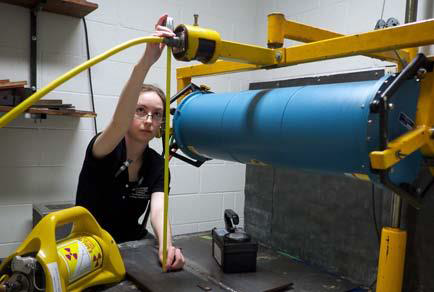
OVERVIEW
| COURSE TITLE | : | FE0792 : AWS Certified Radiographic Interpreter |
| COURSE DATE | : | Aug 04 - Aug 08 2024 |
| DURATION | : | 5 Days |
| INSTRUCTOR | : | Mr. Jim Davies |
| VENUE | : | Dubai, UAE |
| COURSE FEE | : | $ 7500 |
| Request For Course | ||
OTHER SCHEDULED DATES
Course Description
This course is designed to ensure that individuals have the knowledge to properly assess indications produced on radiographic media of weldments or adjacent base metal. It will prepare you for the CRI Certification exam, which is given at the end of the course.
Interpreting radiographs involves more than staring into a light box and making a “judgment call.” The radiographic interpreter must determine whether the radiograph has been exposed properly, whether the image quality indicators have been correctly chosen in accordance with code requirements, and which specific acceptance criteria are applicable under the governing code. Failure to do any of these tasks can put your product, your company’s reputation, or your job at risk.
Further, the course will also discuss the nature and properties of X and gamma radiation including the photographic aspects; the fundamental aspects of radiographic quality and the radiation safety principles; the x-ray and gamma ray equipment including the effects on radiographic quality in the event of equipment change; and the geometry of image formation and exposure calculations.
During this interactive course, participants will learn the proper application to welds including interpretation of radiographs of welds in different materials and joint geometries and multiple-film techniques; determine the depth of a flaw from one surface in a specimen by the practical use of the tube or source shift method (triangulation method); view radiographs; identify the film illuminator requirements, location markers, film density measurement and the loss of sensitivity in order to rectify faulty techniques; the welding technology, terminology for welds, welded joints, welding procedures, weld discontinuities and base metal discontinuities; the influence on techniques of geometry, size, surface condition, base metal composition, weld metal structure, surface cladding, heat treatments and weld repairs; the basic principles of fusion welding processes; the types of discontinuities associated with particular base metal/welding process combinations; and the types of discontinuities in welds and base metals detectable by radiography including the defect characteristics which influence detectability.
Interpreting radiographs involves more than staring into a light box and making a “judgment call.” The radiographic interpreter must determine whether the radiograph has been exposed properly, whether the image quality indicators have been correctly chosen in accordance with code requirements, and which specific acceptance criteria are applicable under the governing code. Failure to do any of these tasks can put your product, your company’s reputation, or your job at risk.
Further, the course will also discuss the nature and properties of X and gamma radiation including the photographic aspects; the fundamental aspects of radiographic quality and the radiation safety principles; the x-ray and gamma ray equipment including the effects on radiographic quality in the event of equipment change; and the geometry of image formation and exposure calculations.
During this interactive course, participants will learn the proper application to welds including interpretation of radiographs of welds in different materials and joint geometries and multiple-film techniques; determine the depth of a flaw from one surface in a specimen by the practical use of the tube or source shift method (triangulation method); view radiographs; identify the film illuminator requirements, location markers, film density measurement and the loss of sensitivity in order to rectify faulty techniques; the welding technology, terminology for welds, welded joints, welding procedures, weld discontinuities and base metal discontinuities; the influence on techniques of geometry, size, surface condition, base metal composition, weld metal structure, surface cladding, heat treatments and weld repairs; the basic principles of fusion welding processes; the types of discontinuities associated with particular base metal/welding process combinations; and the types of discontinuities in welds and base metals detectable by radiography including the defect characteristics which influence detectability.
TRAINING METHODOLOGY
This interactive training course includes the following training methodologies:
LecturesWorkshops & Work Presentations
Case Studies & Practical Exercises
Videos, Software & Simulators
In an unlikely event, the course instructor may modify the above training methodology for technical reasons.
VIRTUAL TRAINING (IF APPLICABLE)
If this course is delivered online as a Virtual Training, the following limitations will be applicable:
| Certificates | : | Only soft copy certificates will be issued |
| Training Materials | : | Only soft copy materials will be issued |
| Training Methodology | : | 80% theory, 20% practical |
| Training Program | : | 4 hours per day, from 09:30 to 13:30 |
RELATED COURSES
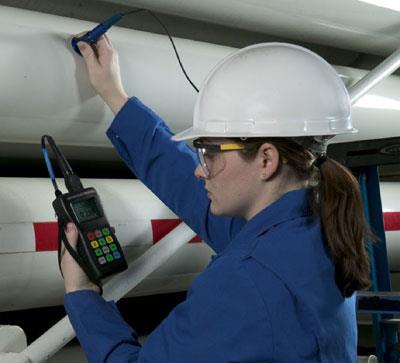
FE0700 : API 570: Piping Inspector (API Exam Preparation Training)
- Date: Jan 19 - Jan 23 / 3 Days
- Location: Dubai, UAE
- Course Details Register
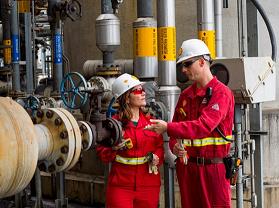
FE0570 : API 579-1/ASME FFS-1: Fitness-for-Service (FFS) of Process Plant Equipment, Pressure Vessels, Piping & Storage Facilities
- Date: Jan 19 - Jan 23 / 3 Days
- Location: Dubai, UAE
- Course Details Register
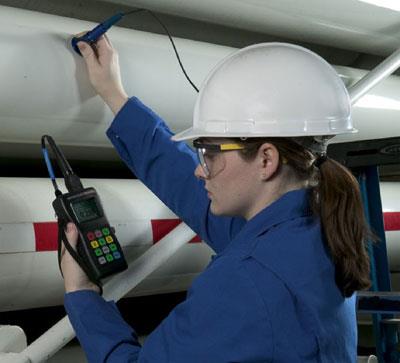
FE0700 : API 570: Piping Inspector (API Exam Preparation Training)
- Date: Jan 19 - Jan 23 / 3 Days
- Location: Dubai, UAE
- Course Details Register
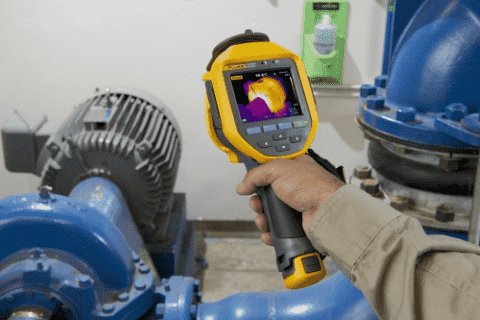
FE0985 : Thermal Infrared Testing ASNT Level-1 Training & Certification (ASNT, SNT-TC-1A)
- Date: Jan 19 - Jan 23 / 3 Days
- Location: Istanbul, Turkey
- Course Details Register
